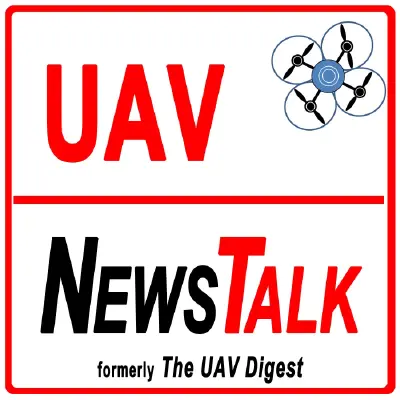A large autonomous blended-wing cargo drone and a smaller electric cargo drone, the Eaglet takes flight, taser drones at public schools, the GAO recommends the FAA create a comprehensive strategy, the Dronut for inspections, two MQ-9 Reapers for a Dollar, and a BVLOS autonomous inspection solution.
UAV NewsDrones will ‘push the boundaries of what is possible’ in air cargoThe Natilus Kona cargo drone looks a lot like the NASA X-48B blended-wing prototype. It’s autonomous so no need for pressurization and the blended wing design is efficient with up to a 50% reduction in emissions. It has a claimed 4.3-ton cargo capacity with a 900 nautical mile range. Natilus says they have “designed and developed” the aircraft. The patent-pending ‘Diamond’ cargo bay allows for 60% more volume. It’s designed for cargo and can hold a large configuration of standard pallets and outsized cargo. A remote pilot watches over.
World’s largest electric cargo plane unveiled, here’s how far it can fly on its ownPyka unveiled a large, zero-emission autonomous electric cargo plane. The second-generation Pelican Spray is an autonomous electric aircraft designed for complex agricultural operations on farms. The Pelican Cargo features an extended range, increased payload capacity, and maximized cargo volume. A payload of up to 400 lbs can be carried in 66 feet of cargo space for a range of up to 200 miles (with a 20 min reserve).
Video: Pyka Pelican Cargo Unveil – Large Autonomous Electric Cargo UAS
GA-ASI’s Eaglet Takes Its First FlightGeneral Atomics Aeronautical Systems (GA-ASI) conducted a flight demonstration of the Eaglet Air-Launched Effect (ALE) at the Dugway Proving Grounds in Utah. The Eaglet was launched from a U.S. Army MQ-1C Gray Eagle Extended Range (GE-ER) UAS. The Eaglet is a low-cost survivable UAV that can be launched from a Gray Eagle, rotary-wing aircraft, or ground vehicles.
Taser drones in schools? The idea isn’t completely kaputThere was some talk about the ethics of putting tasers on small UAVs to subdue dangerous people and using “shock drones” to protect schools. Several years ago, law enforcement company Axon asked its ethics board for input on the idea. After a year-long study, the board said it was not a good idea. Then the mass shooting at the school in Uvalde, Texas happened. Axon may be rethinking the idea.
FAA Should Improve Its Approach to Integrating Drones into the National Airspace SystemThe U.S. Government Accountability Office (GAO) says the FAA has developed planning documents to manage efforts to integrate drones into the national airspace, but it does not have a comprehensive strategy. According to the GAO, a comprehensive strategy includes seven elements and the FAA has only four of them. The FAA’s documents do not identify drone integration goals and objectives and they only partially include milestones and
